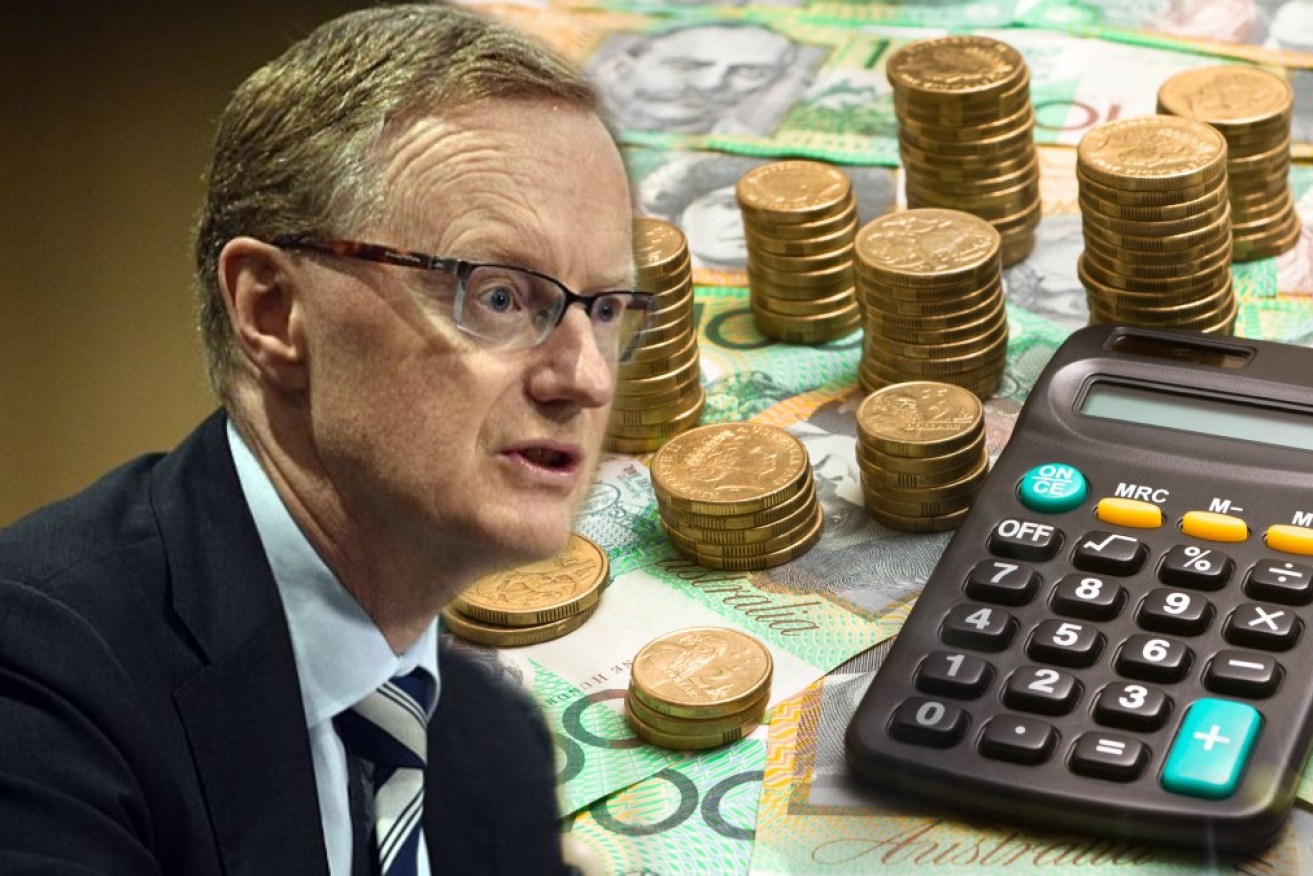Further interest rate cuts won’t help the economy, says think tank


Most economists expect the Reserve Bank to cut rates again on Tuesday. Photo: TND
Interest rate cuts are losing their sting and governments must ramp up spending to revive Australia’s ailing economy.
That’s the key message from new research by the Australia Institute, which claims rate cuts are doing less and less for the economy the closer the official cash rate gets to zero.
Released before the Reserve Bank’s policy meeting on Tuesday, the paper argues that monetary policy is no longer effective as tight profit margins mean lenders will struggle to pass on the full benefits of future rate cuts.
“The private banks control most of the lending in Australia and these are going to resist any cut to their interest margins in various parts of their business when official rates are as low as they are now,” the Australia Institute’s David Richardson wrote in the paper.
“If the official rate goes lower, the interest rate on at-call bank deposits cannot really go down any further and the banks will still have to pay some premium to get you to part with $10,000 for three years. So it is difficult to see deposit rates going down much further.”
Despite the difference between the official cash rate and mortgage rates actually increasing over the past 12 months, the paper said banks would be “loath to reduce lending rates”.
And further cuts wouldn’t lead to a pick up in business investment either, as “corporate decision-makers do not take account of the incentives implied by different interest rates and decisions are dominated by other criteria”.
Given interest rate cuts were having little impact, the paper said, “the government only has one arrow left in its quiver”.
“It must use fiscal policy to stimulate the economy.”
Tweet from @ricyet
The Australia Institute is far from alone in its calls for greater government spending.
Reserve Bank Governor Philip Lowe has repeatedly stated that governments should ramp up their infrastructure spending and consider passing structural reforms to boost the country’s productivity.
And former treasurer Peter Costello said at a finance conference in Sydney last week that the federal government couldn’t rely on interest rate cuts.
Independent economist Stephen Koukoulas also believes there’s room for more government stimulus.
But he told The New Daily the Australia Institute was wrong to claim that interest rate cuts were no longer effective, as banks would pass on at least some of the rate cuts, and cuts helped the economy by providing relief to businesses, too.
“One 25 basis point move in itself doesn’t fix anything, but it’s like a course of antibiotics – one tablet doesn’t fix you, you’ve got to take all 14 over the course of a fortnight before you get better,” Mr Koukoulas said.
“And don’t forget that this will be – if it happens – the 15th interest rate cut in this very, very long monetary policy easing cycle.”
Given the recent string of weak economic data – the worst of which showed Australia had recorded its worst financial year of economic growth since 1990-91 – Mr Koukoulas, like many other economists, is tipping the RBA to cut by 25 basis points on Tuesday.
If passed on in full, such a cut would give borrowers on a $400,000, 30-year mortgage an extra $55 to spend each month.
Mr Koukoulas conceded tight profit margins might mean some lenders could struggle to pass on the full cuts.
But he said interest rate cuts would also provide relief to the corporate sector and shore up the competitiveness of Australian exports.
Tweet from @TheKouk
However, former ANZ chief economist Warren Hogan agreed with the Australia Institute’s negative assessment of further interest rate cuts.
Mr Hogan told The New Daily the Reserve Bank should hold the official cash rate at 1 per cent until APRA’s removal of the 7 per cent mortgage stress test, the government’s income tax offset, and the two previous RBA rate cuts had had a chance to work their way through the economy.
The latest Westpac-Melbourne Institute Consumer Sentiment Index found a quarter of consumers planned to save their full tax offset, 29 per cent said they would spend it all, and 16 per cent said they would spend more than half.
But analysis by Commonwealth Bank suggested “the boost to household spending power is larger and coming through sooner than originally expected”.
Mr Hogan said the lack of conclusive data, coupled with the risk that further interest rate cuts could fuel another property boom, meant the Reserve Bank should resist cutting rates further for the time being.
“We should wait – especially given there’s only three 25 basis points cuts left in the RBA before they consider other avenues for monetary stimulus,” he said.
“Because we really have no visibility of [what impact the first two cuts have had] – we’ve only got July retail sales … so it’s a matter of waiting and seeing before we make that judgment.”








